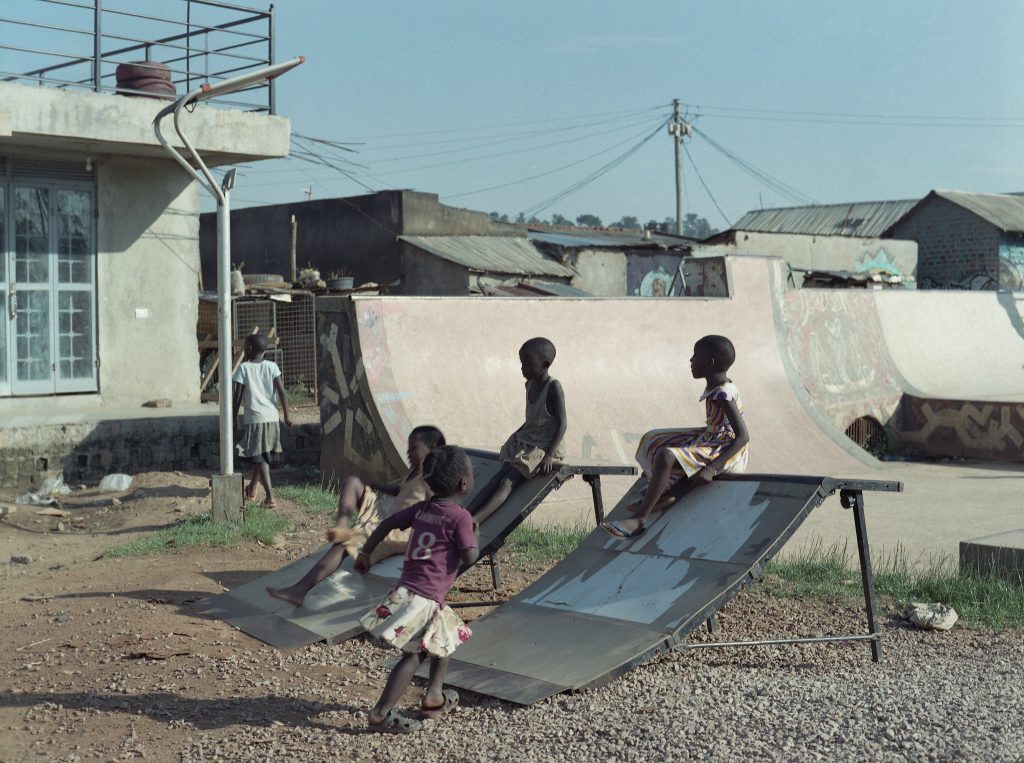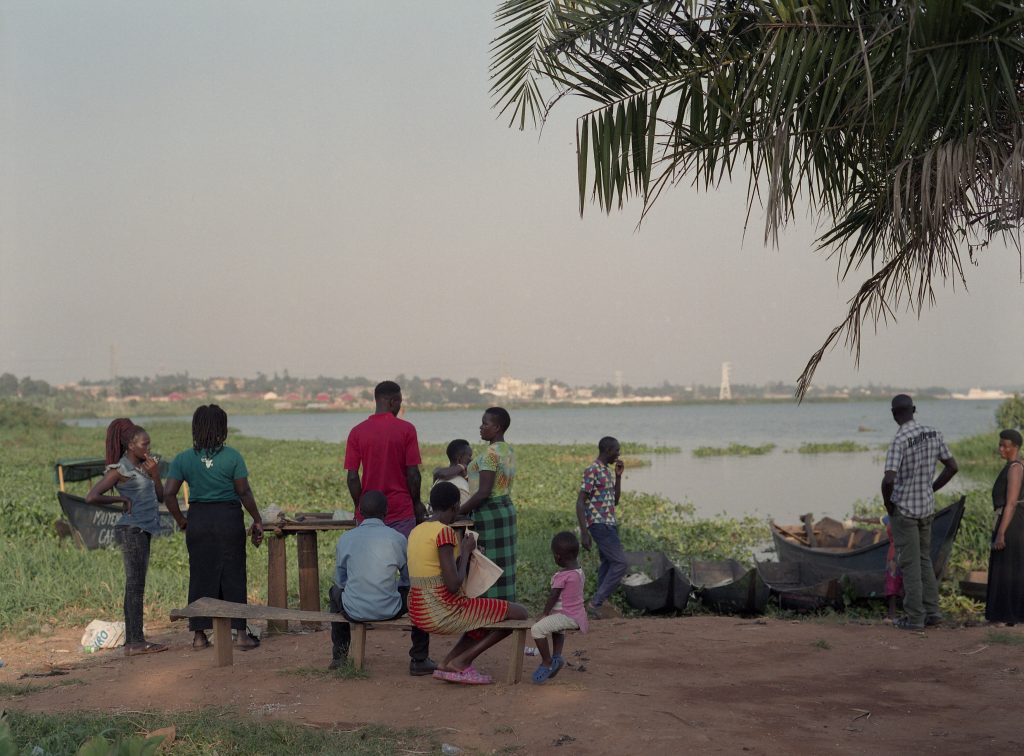The human mind is a deep well, when you look from the surface, it is hard to tell what is at the bottom. This fact makes photography instantly valuable because the eyes are the soul’s key. From the bottom of the well, good photography brings humankind’s quiet reflection and search for restored meaning to the surface. Street photography restores our position within humanity and, landscape photography offers the reflective purity of nature and an escape from humankind’s disorder, qualities which have immense and positive impacts on our lives. The same can also be said for skateboarding due to the similar escapism the activity brings. Skating has also opened the doors of photography to all and sundry and changed lives for the better. When young people feel disenfranchised, skateboarding provides a shared space to reflect and connect, with a side dish of the opportunity to travel the world to find the sweetest spots. For many, photography and skateboarding have long provided that much-needed release from banality, inspiring people across the globe to rethink and reimagine architectural spaces that act as a mise-en-scène to our lives, forcing us to engage our surroundings creatively.
This juxtaposition of realities is the same for many photographers worldwide and Alicja Klitenik whom we have recently had a brief conversation for our latest Journal Project is not any different. As a photographer who loves to reimagine social spaces as a means of escape, she took some time off college to speak to us about the series of images she made on her last visit to Kitinkale Skate Park in Kampala, Uganda in this conversation, we also tried to explore the migrational implications that come with taking up photography or skateboarding as a creative development tool and symbol of freedom or as a hobby in a post-conflict country like Warsaw, Poland.
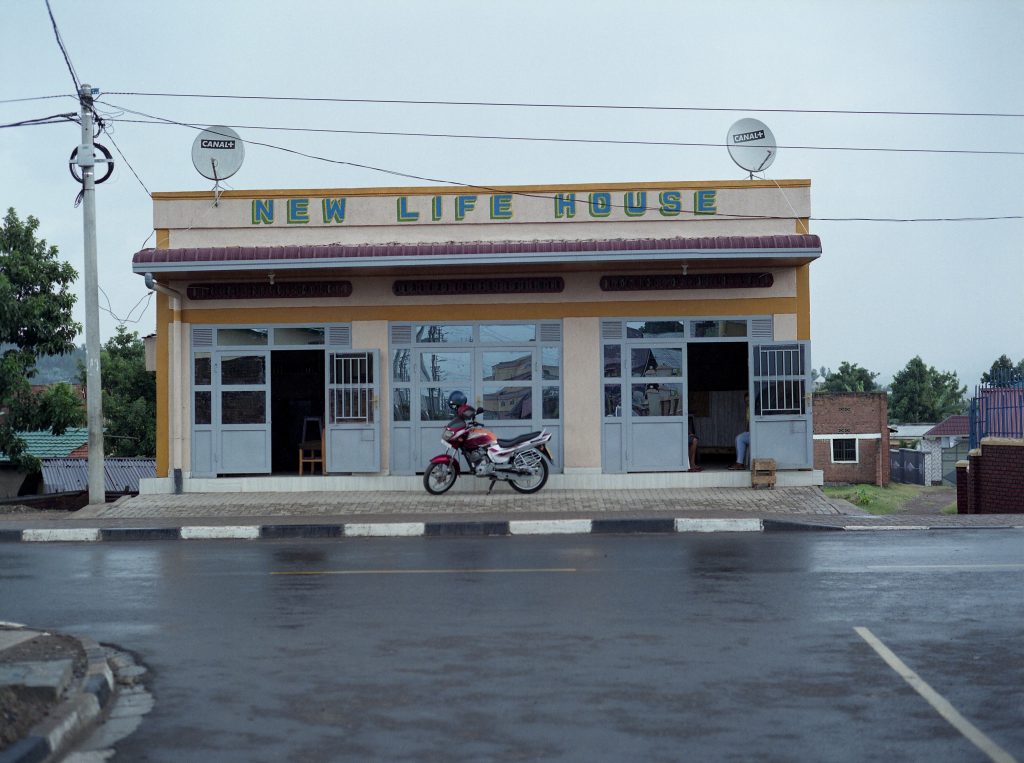
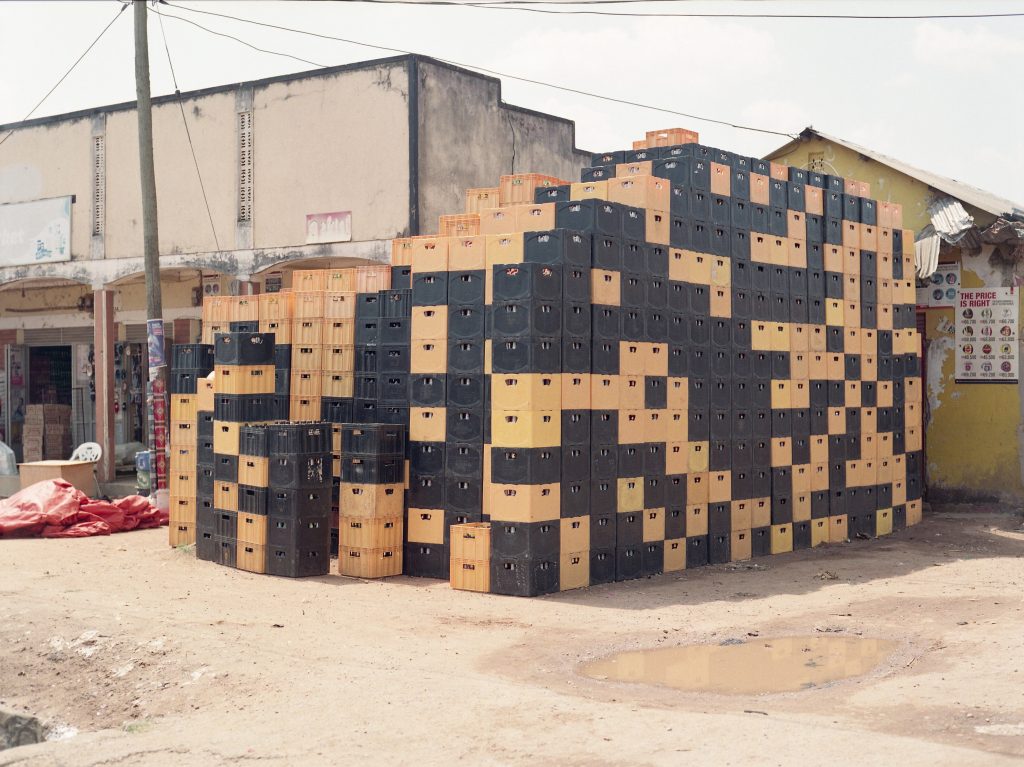
Introduce yourself: Tell us a little about your upbringing, where you call home, and how you found your way to documentary photography.
I was born and raised in Warsaw, Poland. I was growing up in a post-conflict reality in the country that survived two wars, in a city that was completely razed to the ground during this time. Rebuilding process took us years, and this is only the inrastructure. People’s identity was completely ereased and destroyed. I still have the feeling that in the context of identity we are not fully ourselves yet, and the sense of Polishness has been redefined over the years. Everyone did it in their own way, which resulted in the creation of a culture of individualism, loners and extremely independent people. The reason why I am saying this, is that so many years after these terrible events, the side effects of war are felt even today. It had a huge impact on the way we live and function today culturally and socially, because family traumas are still more or less present in every household.
My home was in one of hundreds block of flats, located in a large grey housing estate complex (for approximately 140,000–160,000 people) built in the 1970s for the working class who worked on the reconstruction of the post-war Warsaw. You see, at that time, being a child growing in the grey mid-90’ reality, with traumatic mental imprints, with economy that was just about to boost and unemployment rate at 20%, perspectives of my generation were quite limited. Back then camera was my shield and I embarked on this never-ending quest to capture a glimpse of what I felt and the process of everlasting transformation that was happening around and within me. I had this strong urge to escape, but what can you do when you’re a teenager with very unclear outlook for the future? Nothing. This feeling was emerging and then at the beginning of the 2000s things started looking brighter. For me, two events turned things upside down – Poland has joined the UE and low-cost air lines started operating in Europe. That was the catalyst for change and the door to the world was opened. For better life, for education and travels. I had a strong desire to see and explore more and once I began, my apetite never waned. I’d say that travelling and exploring cultures becomes one of the most positive aftermaths after all these years of being locked up. Everything that I’ve experienced and understood over the years has defined the point where I am now and influences what photos I take and what places and situations are the most captivating to me.
In the series of images, you shared with us, which is your favourite and what is the story behind it?
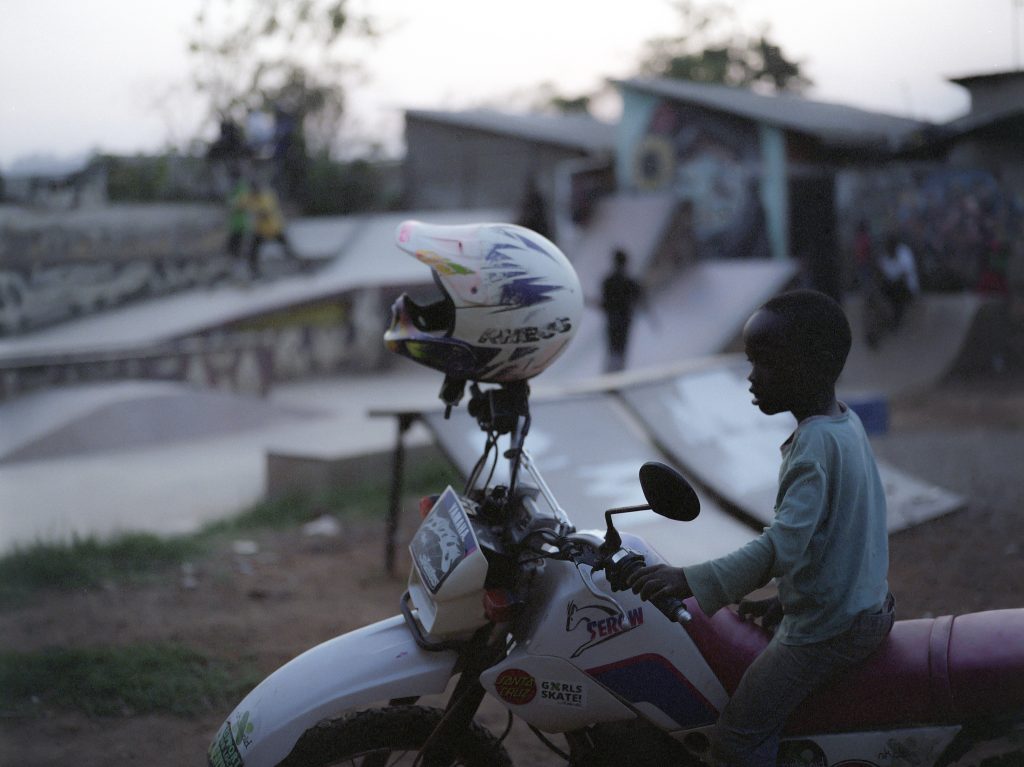
Thank you for this question! One moment that stands out to me is when I captured little boy sitting on a motorbike. It was a particularly special moment because I was pressed for time. It was already after sunset, and I had to leave Kitintale and head home that was 30-minutes ride away. I knew I already had good shots of people and skatepark, but I wanted to capture one serene scene for contrast. I looked around and there it is – a beautiful motorbike during golden hour, with the skatepark in the distance, void of any children, clear shot. As you can imagine, skatepark serves as the heart of Kitintale and is a major social hub where residents gather in the evenings, fostering bonds and moments of communal joy. And they also did it while I was patiently waiting for my perfect frame. Then, just as I was ready to capture the scene and had finger ready to press the shutter, the unexpected happened: this little boy jumped onto the motorbike, stealing the spotlight. Other kids came to play with him, but they were gone after a while. I wanted to give up, but I took my position again, hoping he would get off the bike. Nothing like this happened and sun was already gone. So I was like ” damn forget about it” and I took one with the boy eventually. That was my last frame and next day we were parting for Poland. After I developed my rolls, this one turned out to be my favorite from the series. Lessons learned – expect unexpected, be humble and work for it.
In your own opinion, what do you consider a good photograph?
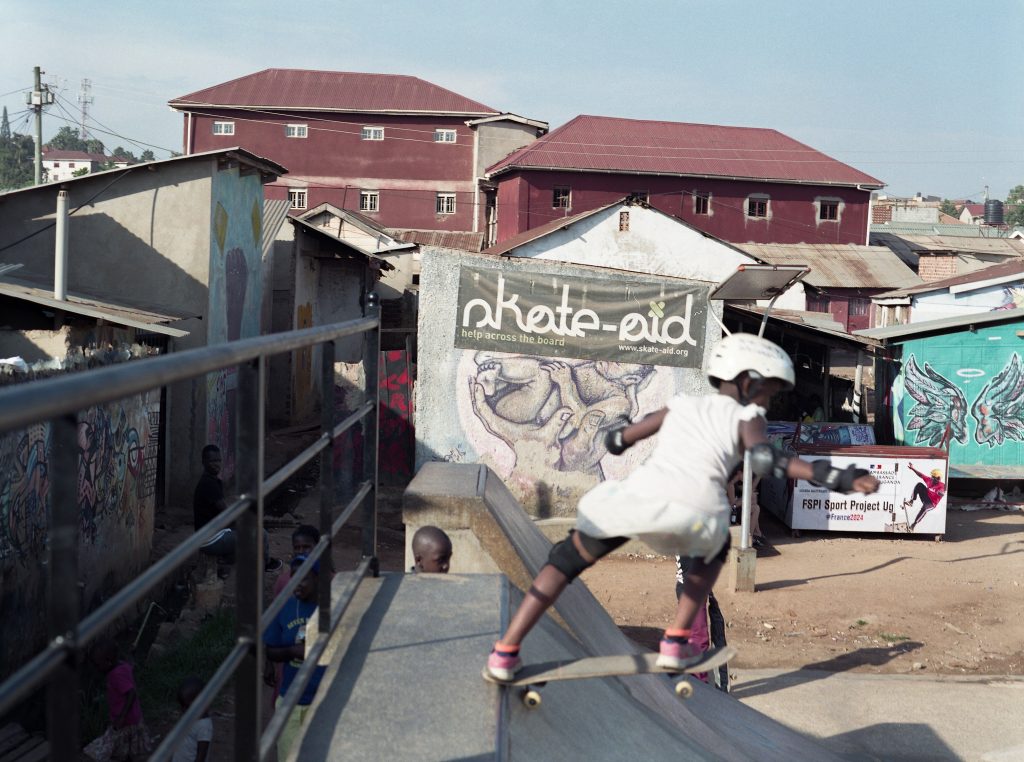
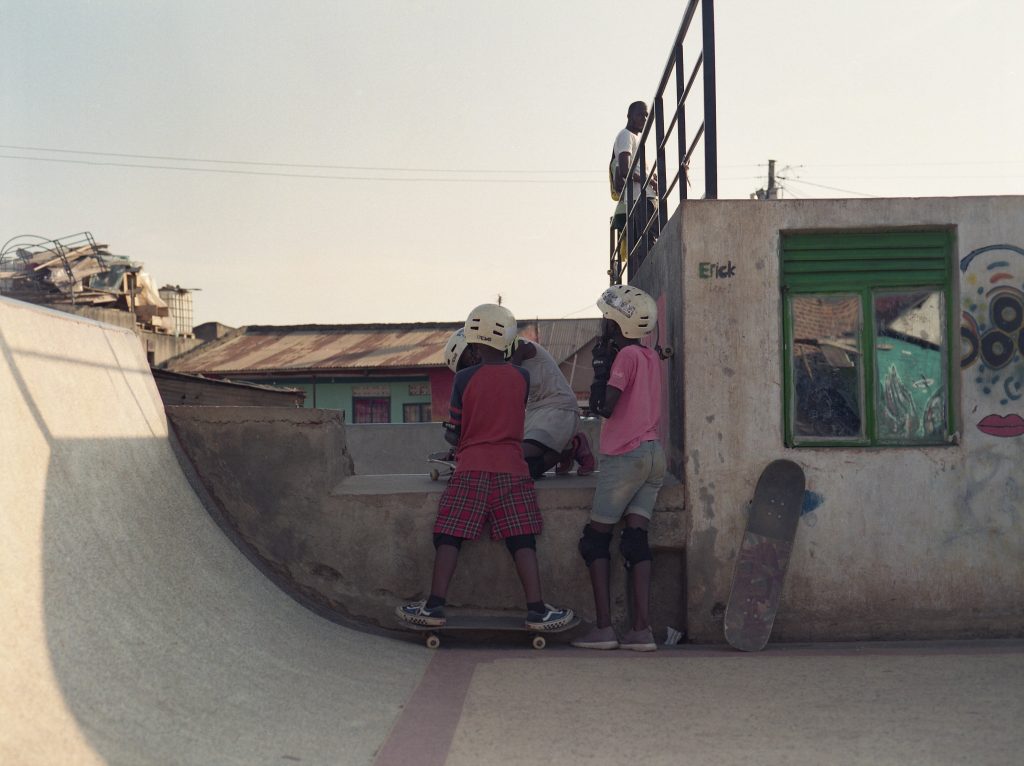
Well, I think it’s always an individual perception, but when you feel an emotional connection with one’s work – there it is. Although technical aspects can always help to do a great shot, honestly, would anyone ever think of ie. gear you used to capture it? If the picture speaks to you on a personal level, if it pictures a moment in time that evokes a response, if it transports you to another place and makes you see things from a different perspective (or simply makes you pause for a bit and appreciate the moment) – you can be sure your job is done well.
Are there photographers whose work you draw photographic inspiration from?
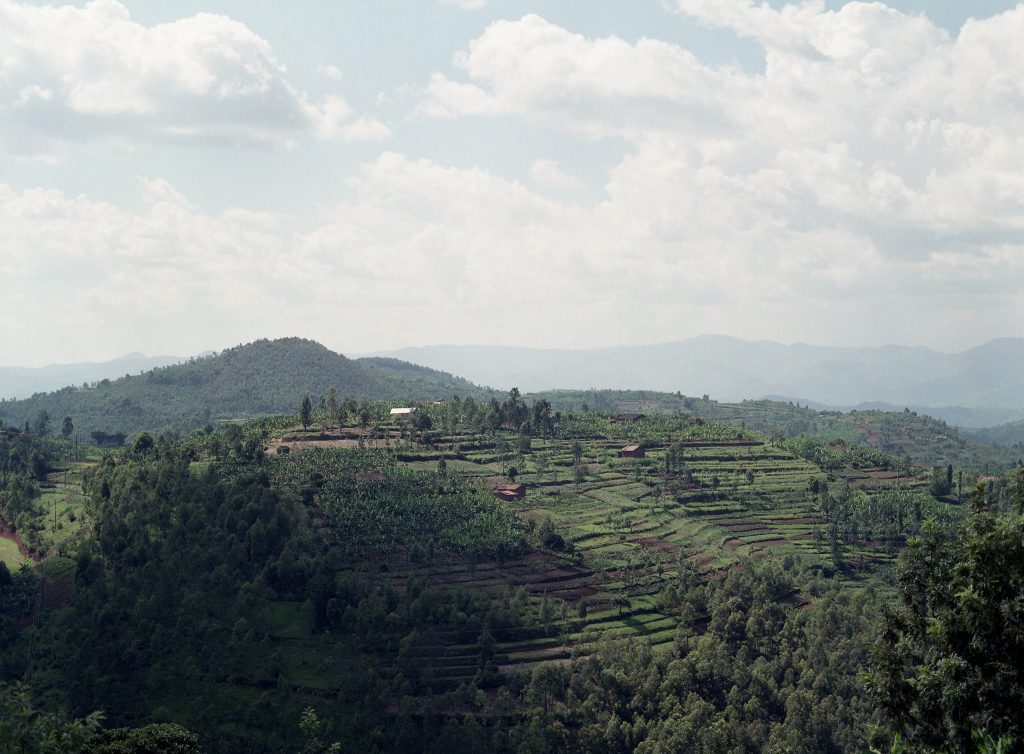
I don’t take inspiration from anybody (at least consciously), however, there are a couple of artists that resonate the way I feel – Magdalena Wosińska, Gordon Parks, Ari Marcopolous, and Alex Webb, just to name a few.
How long have you been a photographer and are there any projects you are currently working on that you want to talk briefly about?
Even though I take photos I am still not sure if I am willing to identify as a photographer. I’d say I am rather an observer. I like to capture what I see in a particular moment whenever it sparks my attention. I see frames everywhere! But yeah, I think the first time I took a camera was when I was 11 or 12 years old. I started with a basic point-and-shoot camera I found at home and began photographing my surroundings. Mostly my neighbourhood, people, graffiti, streets and skateboarding. I felt always a misfit and growing up in post-Communist Poland was an everyday struggle. I was embracing country transformation and photography was my first language that helped me to understand my identity and find a sense of belonging that was nonexistent outside of home. Photography is a lonely sport. You are always waiting – for the moment, for the perfect light, for someone, etc. In my case I also wait to see the final result, because I only take film photos. Now when I’ve gotten older not much really changed, but I see things different. I am mature and conscious and I always seek out those unique, vulnerable moments that are special. I also have this ability to blend in everywhere I need and want to. That really helps whenever I get on another excursion, because I can speak-the-same language with other people and I see details of the world. It’s really a blessing.
About the projects, things are coming up. We just launched a collective exhibition here in Poland, that discusses the relationship between skateboarding and the city’s space – both its architecture and community. It’s beautiful and I am the only girl among 8 boys! Now I am focused on a project related to skateboarding in the Middle East and also tickets for two upcoming visits to Africa are already booked so… stay tuned!
What goal(s) did you plan to achieve with your images of children skating at Kitintale?
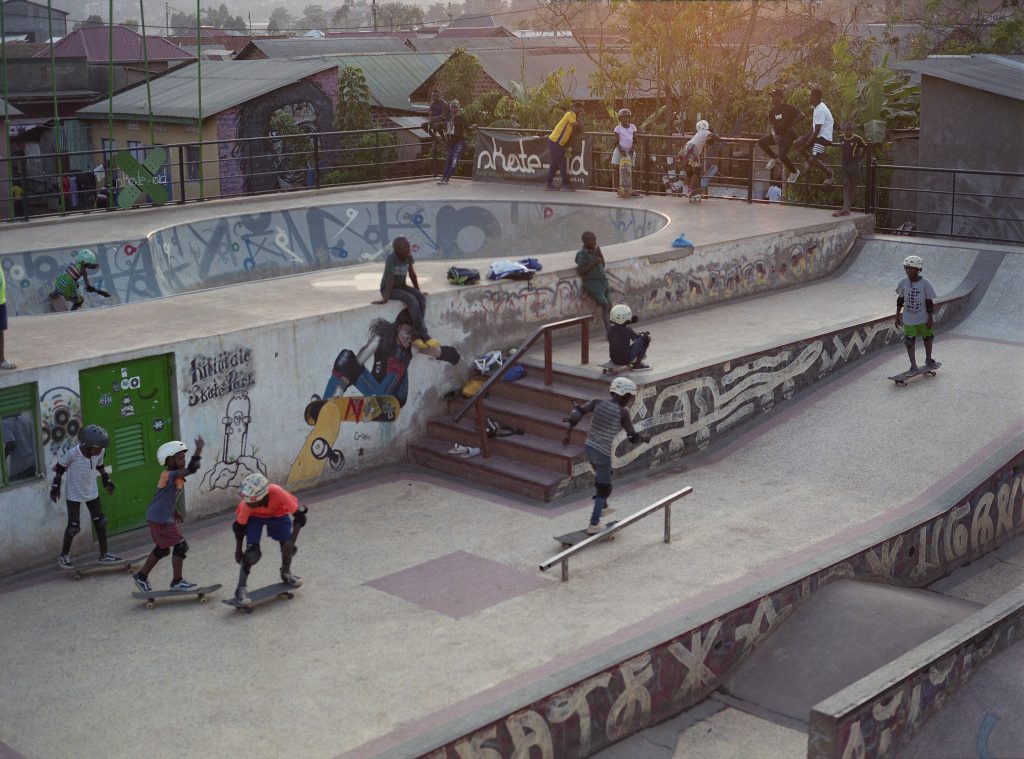
I have been a big fan of social programs created around skateboarding ever since. At Kitintale, you know, they don’t have much, but they somehow maintain this extraordinary sense of society and they cherish every moment together. I’ve seen skating communities in different locations worldwide, but this one somehow stood out from others. Also, so many girls skating! I might be controversial now, but at the end of the day, it’s not purely about skateboarding. These kids are learning how to live, regardless of all the struggles they face every day. Through different educational programs, they acquire new skills that will be useful in their adult lives. And all this in a healthy and inclusive atmosphere, where your gender, religion and skin colour stay outside of the skatepark. My primary objective is simple: to empower the voices of the youth, foster positive narratives, encourage dialogues, and promote cultural exchange. I aim to advocate for profound change and question existing stereotypes in a world, where quick generalizations are often prevalent.
I quickly realized that visual storytelling can be incredibly powerful and this is how the camera become my weapon to do the right thing. Don’t stay passive and take action. Be vocal and engaged whenever you can, because this can often make a difference and change someone’s life.
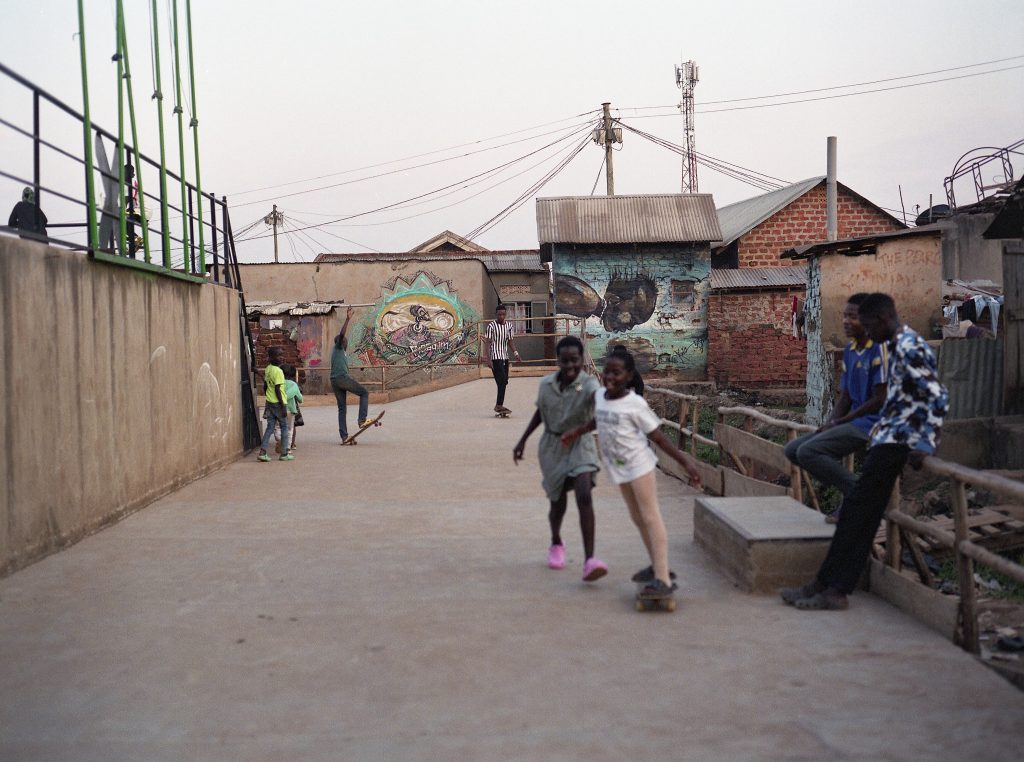
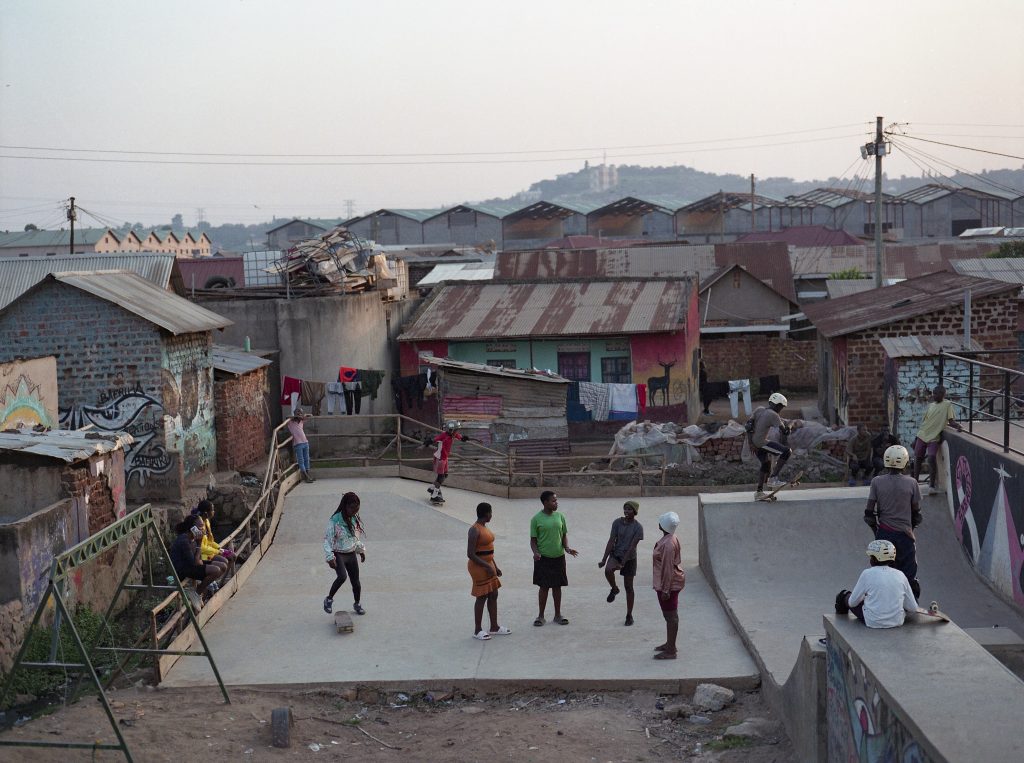
You are a big fan of skateboarding. I mean, most photographers started from the skate park, Atiba, Tyler Mitchell, so it makes a lot of sense. As a matter of fact, from your Instagram, it can be seen that you are either in the presence of skateboarders or at a skate collective hangout. Judging from that, briefly tell us how you fell in love with the art of skateboarding, was it because of friends or family? while thinking about the answer to that, do you also consider that this same love made you decide to visit Uganda to Kitintale to make a story about their skate park, and was the visit worth it?
This brings us back to the beginnings of my childhood. I get to know my first skater friends as a teenager, because we all lived on the same grey neighborhood. We were all alike and things seemed easier when we hung out together. Only the boys who were like brothers to me and accepted the way I was despite I was not even skating, but only taking photos and just having a good time together. We had common interest and shared dreams about better future. Don’t get me wrong, we were happy, but still we had very little and felt very uncertain about our future. But this is how you become creative, think and look for solutions. So that what skateboarding is exactly about. Wooden thing on wheels, pipe, ledge or a wall. And like photography, it’s also a lonely sport, because when you’re learning a new trick it’s just you and the board. But when it finally works your friends cherish this moment with you. On the other hand a group of individuals creates a community, which influence new opportunities and all. Skateboarding is multidimensional and beyond just skating you can be a part of this in every other way – through social activities, creating a clothing brand, taking photos, etc. And to return to your question, skaters attract skaters, and after some time Poland also gained recognition on the international stage (thanks to all that concrete). Some of my Polish friends becomepro and when international skate teams were visiting Warsaw, they took me with them and we had good times together. They introduced me to this big world of skateboarding and simultaneously I was also doing my homework by attending skate events and exhibitions abroad. Later, I also started traveling a lot myself. I tend to choose unconventional destinations and often visit lesser-known places. In some of them I found skate parks and I got to know local communities. This is how I started learning about the social dimension of skateboarding and that clicked, because this is what I was missing in classic skateboarding. When I visited first skatepark I was under huge impression and realized how much it can bring to children’s lives. Kids are the future and if you will inspire them and show them right way, they’ll follow. Kitintale was no different and I feel so grateful I could visit, learn more about them and document part of their everyday life. My home, Poland, is different than it was when I was a kid, but I still remember what my childhood was like and how long it took us to get to the point we are now. So you know, it’s all about contributing and giving back. This is the circulation of empathy, kindness and respect to underserved youth from different backgrounds who will once become adults and will have an impact on other children. I strongly believe this cycle continues endlessly and helping shape a better future for everyone.
